Shipments / Packaging
Choose the right packaging
Selecting the correct packaging is essential to protect your products during transport. Here are the key aspects to ensure your shipments arrive in perfect condition.
Packaging Strength
- Use sturdy corrugated cardboard boxes, especially when shipping heavy products or over long distances.
- Avoid using old or damaged boxes, as they may not withstand shipping conditions and could break.

Size and shape
- The item should not touch the walls of the box to prevent damage. Leave at least 5 cm of space around the product to add filler material.
- If the object has an irregular shape, use additional protective material to cushion potential impacts.
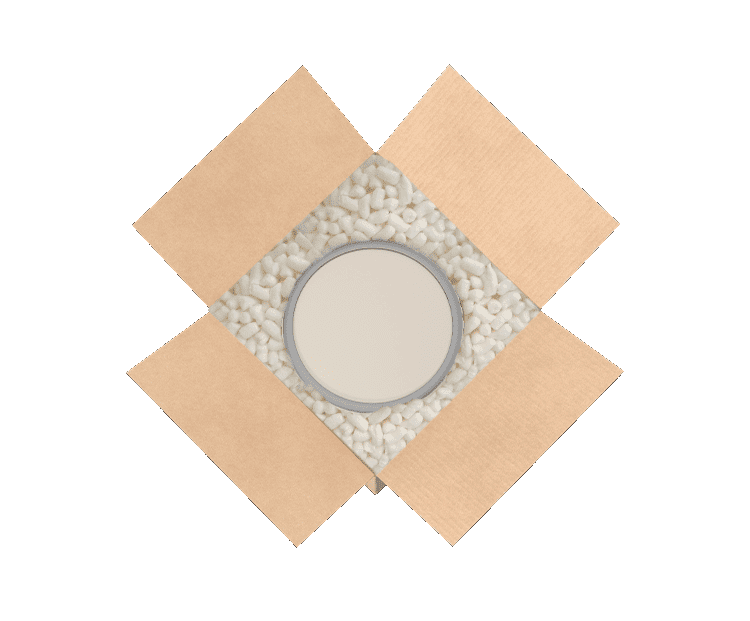
High-value and fragile products
- Use extra cushioning and special handling labels for fragile or high-value products.
- Utilize protective foam, bubble wrap, or pads for items like electronics or glass.

Packaging regulations
If the packaging needs to comply with specific regulations (such as retail packaging or safety standards), make sure to choose a design that meets regulatory requirements..
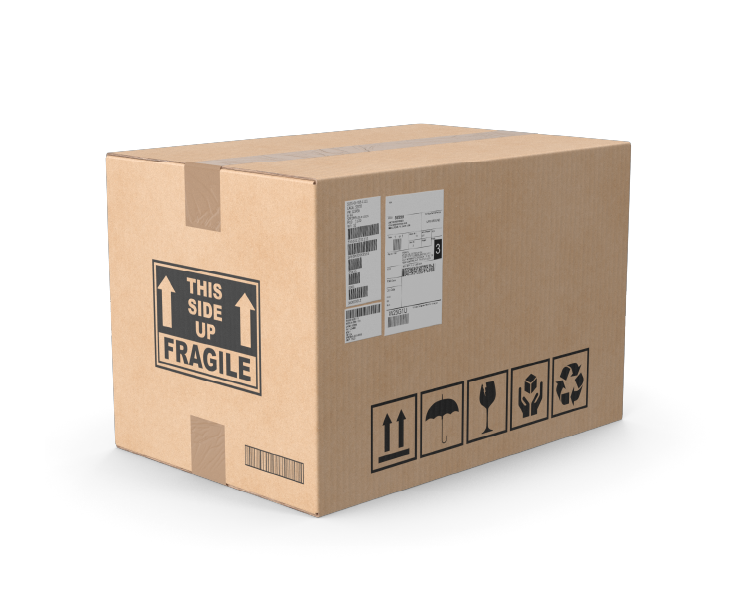
Recommended packaging types
Depending on the product you are shipping, we recommend the following types of packaging:
| Image | Packing | Product |
|---|---|---|
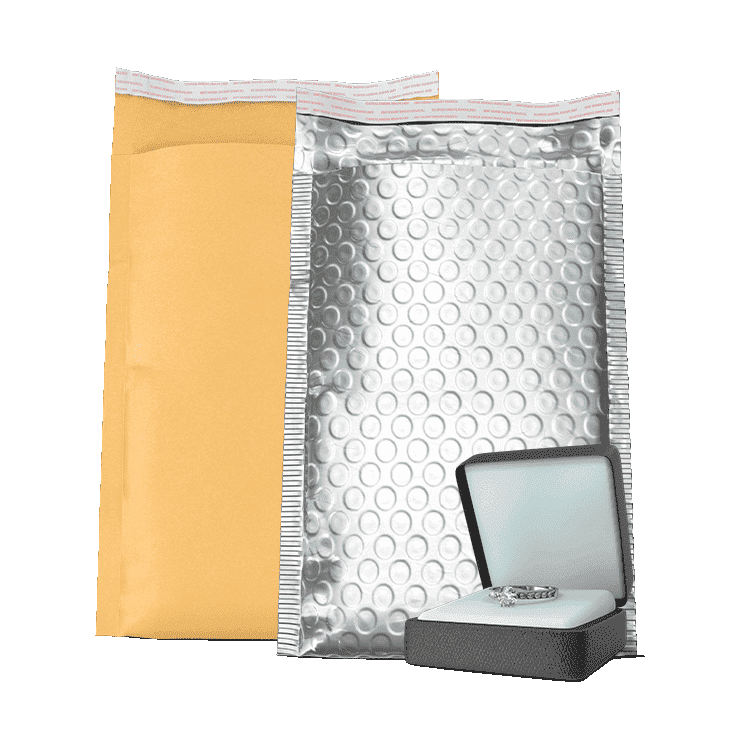 | Bubble mailers or padded bags View packaging | Small or delicate items (e.g., jewelry, accessories) |
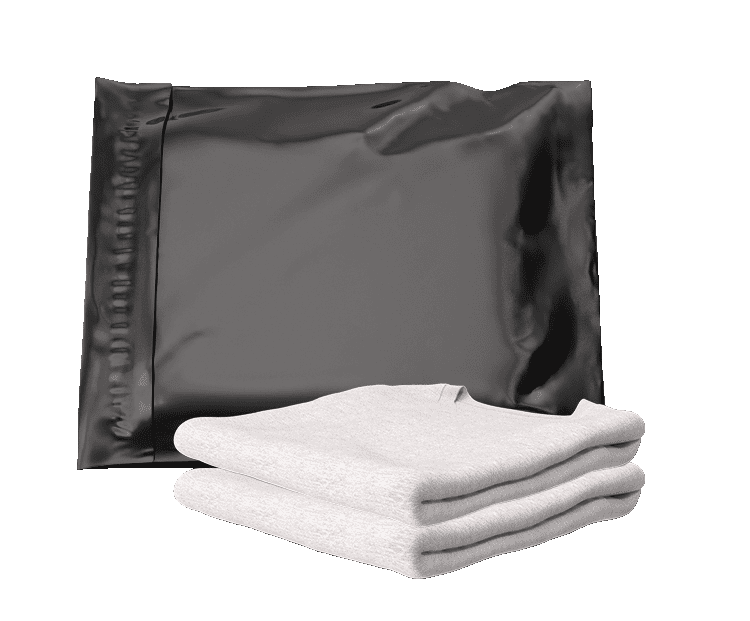 | Plastic or paper shipping bags View packaging | Clothing or textiles |
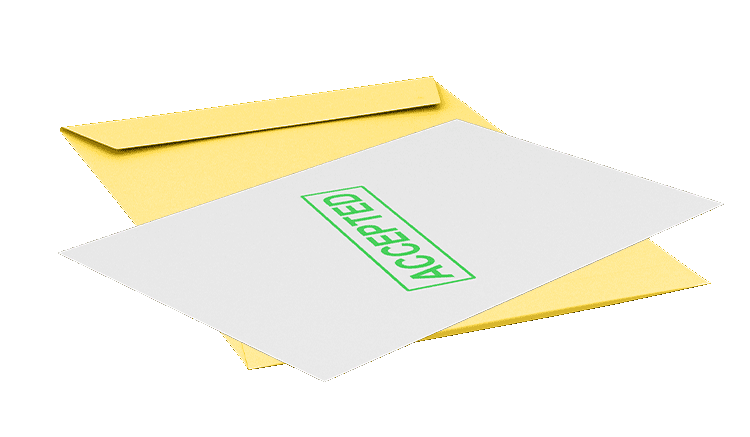 | Rigid envelopes or sealed plastic bags View packaging | Documentos importantes, livros ou papelaria |
 | Sturdy cardboard box with padding View packaging | Electronics or fragile items |
Consult the complete catalog from Para Paquetes for more options.
Visual examples
| Best practices | Poor practices |
|---|---|
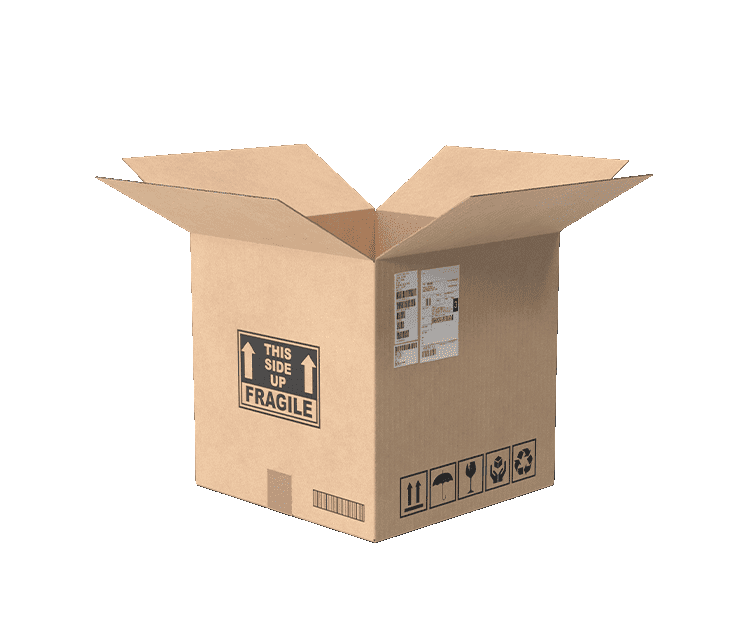 New and in good condition box. | 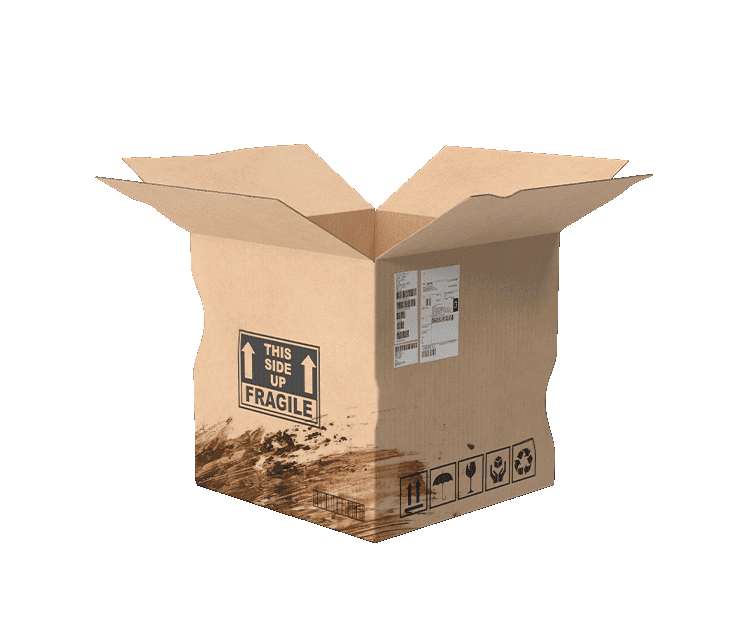 Damaged and poor condition box. |
 Ensure there is enough space and internal protection. |  Use of improperly sized boxes that leave too much empty space. |
Did you find this resource useful?